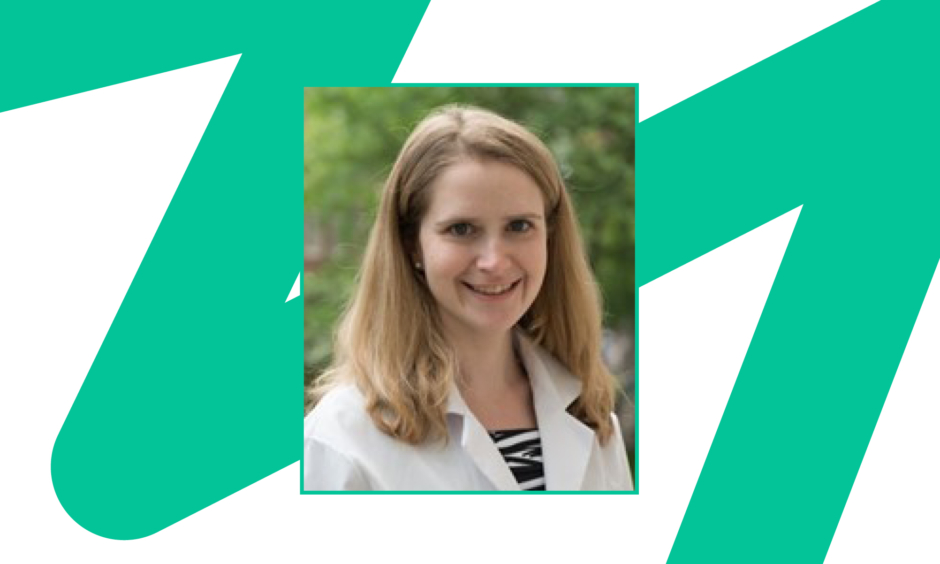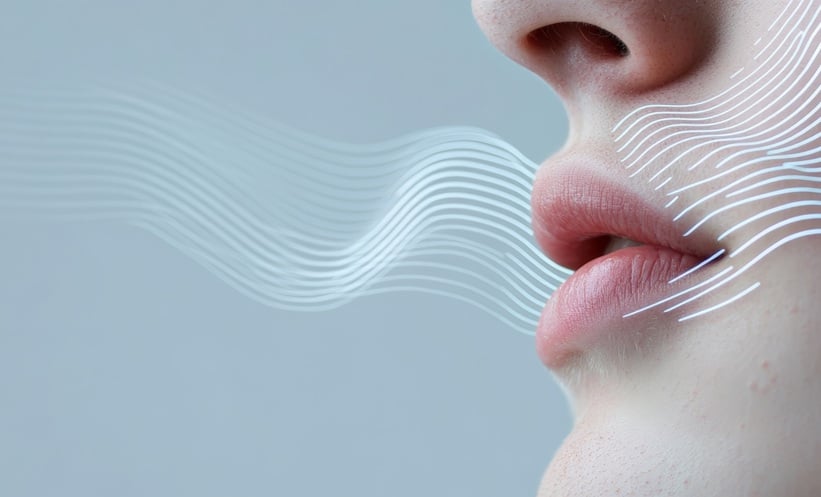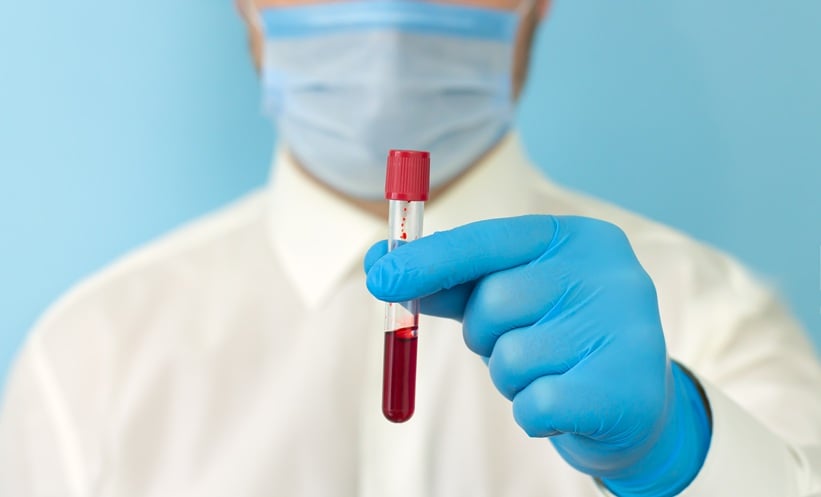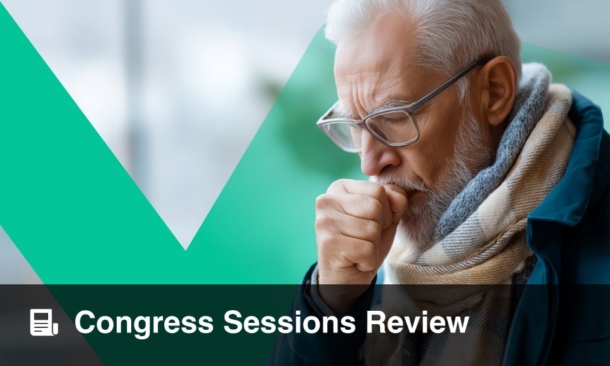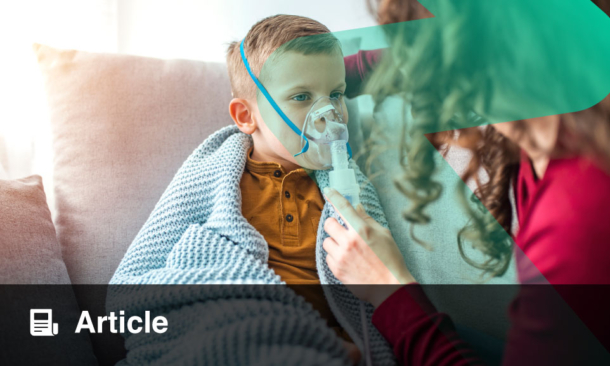Stacey M. Kassutto | Associate Professor of Clinical Medicine, Perelman School of Medicine, University of Pennsylvania, Philadelphia, USA; Director of Simulation and Technology for Undergraduate Medical Education, Co-director of Measey Learning in a Virtual Environment Curriculum; Director of Simulation for Internal Medicine Residency, Hospital of the University of Pennsylvania, USA
Citation: Respir AMJ. 2023;1[1]:59-61. DOI/10.33590/respiramj/10309570. https://doi.org/10.33590/respiramj/10309570.
![]()
Stacey M. Kassutto shared fascinating insights into the use of virtual reality and artificial intelligence in respiratory healthcare, as well as her journey into the field.
Was there a particular person or event that encouraged you to pursue a career in pulmonary medicine?
While I have wanted to be a physician since I was 3 years old, my intended specialty has shifted over the years. It was not until my intern year medical intensive care unit rotation that I first realized an interest in critical care and then, ultimately, pulmonary medicine. Although critical care is initially what piqued my interest, I later found a passion for pulmonary medicine as well. I was fortunate enough to work with a variety of amazing attendings throughout my training as a resident and later fellow, which inspired my current career path as a clinician educator. The mentorship I have received throughout my career has been invaluable in helping me to hone my skills in curriculum development, medical education research, and implementation of new educational innovations.
Your research focuses on the application of novel technologies such as virtual and augmented reality in medical education. How have these technologies changed the way education is tackled?
The application of emerging technologies in medical education is still in its infancy; however, their impact on the way we deliver educational content and interface with learners is already being realized. The ability to create standardized, scalable content that can be delivered asynchronously provides the ability to reach large groups of learners anywhere, at any time, and in any location. For example, students can engage with virtual standardized patients and perform a full history and physical exam using artificial intelligence (AI) voice recognition software from their apartment, the classroom, or during downtime on the hospital wards. These cases allow students the ability to repeat the encounter, receive immediate feedback on their performance, and try again if they feel they need more practice. In addition to the flexibility afforded by emerging technologies, they also provide learners with immersive, interactive, and realistic means to interact with content that is often more engaging than standard content delivery modalities used in much of medical education currently.
In the recently published article you co-authored, entitled ‘Virtual, Augmented, and Alternate Reality in Medical Education: Socially Distanced but Fully Immersed’. What was the key message you were trying to deliver?
This review article aimed to provide readers with a broad and introductory overview of various emerging technologies, their application across a variety of medical education domains, and the evidence for their use. While most data on usage is limited to small pilot trials, we wanted to share general principles regarding best use cases with a focus on strengths and limitations of each technology. In doing so, we hoped to better inform future uptake, design, and implementation of virtual, augmented, and alternate reality across the spectrum of health professions learners.
How have you seen the advent of new technologies significantly impact the field of pulmonary medicine in recent years?
The COVID-19 pandemic caused forced disruption in the way we practice, teach, and learn in medicine. As a result, we saw rapid adoption of technology-based solutions in both healthcare education and clinical care delivery. When patients were unable to come into the outpatient office, we reimagined ambulatory office visits with the use of telemedicine and teleconsultations. Although in-person learning was no longer possible in many settings, we created virtual classrooms, asynchronous online learning modules, and remote simulations. During a time of social distancing, we found a way to create connection, community, and collaboration through virtual meetings and conferences.
In addition to changes brought about by the pandemic, other developments such as the improved portability and quality of handheld ultrasound devices have facilitated increased uptake of point of care ultrasound, a key diagnostic tool in critical care. Simulation-based education has also continued to advance with the use of more sophisticated high-fidelity manikins, bronchoscopy simulators, and augmented and virtual reality-based simulation modules.
Which topics require more attention when it comes to training physicians in the respiratory field?
While a significant proportion of pulmonary and critical care fellowship training focuses on inpatient medicine, most practicing clinicians will also care for patients in an ambulatory setting. In response to this need, I worked with faculty here at University of Pennsylvania, Philadelphia, USA, to create a standardized ambulatory curriculum for pulmonary fellowship trainees. It is now being continually revised, updated, and disseminated by the Association of Pulmonary and Critical Care Program Directors (APCCMPD) Ambulatory Curriculum Working Group. While creating a standardized ambulatory curriculum was a needed first step, more work is necessary to continue to innovate, expand, and improve upon the existing frameworks for ambulatory trainee education nationally.
As an educator, where can we expect your focus to lie in the coming years?
I have always been passionate about educational innovation and curriculum development. I expect that I will continue my efforts to expand the footprint of virtual reality-based education for medical students, residents, and fellowship trainees at the Perelman School of Medicine at the University of Pennsylvania, as well as for other interprofessional learners on the healthcare team. In addition to creating virtual reality-based pilot programs to meet targeted clinical and educational needs, I plan to focus on a more comprehensive and longitudinal approach for the integration of virtual reality-enhanced education for all health professional learners. The goal is to create virtual reality content that is broadly integrated and designed to augment existing curricula for all learner levels across content areas. I also hope to forge partnerships with innovators at other institutions to collaborate, understand best use cases, and test the generalizability and exportability of the virtual content we are currently creating.
Are there any innovations on the horizon in the field of pulmonary medicine that you think are particularly noteworthy?
AI has the potential to significantly change the way we teach and practice medicine. While there are already early adaptations of AI in virtual standardized patients and software designed to assist with differential diagnosis and management, it is too soon to know the full scope of this technology’s influence on the field. However, given the rapid evolution, power, and potential of AI, it seems almost certain that this technology will have a profound impact on medicine in the years to come.

